Phonsavan (also spelled Phonesavanh, Lao: ໂພນສະຫວັນ, pronounced [pʰóːn sā.wǎn]), population 37,507, is the capital of Xiangkhouang Province. Phonsavan was built in the late-1970s and replaced old Xiang Khouang (today known as Muang Khoune), which was destroyed during the Second Indochina War.
Phonsavan is known for the nearby Plain of Jars, a UNESCO World Heritage Site. The main economic activities in Phonsavan are based on governmental administration, mining by Chinese and Australian companies, tourism, and the work of non-governmental organizations clearing unexploded ordnance (UXO).
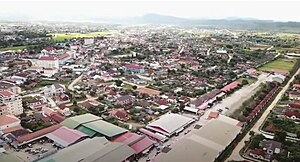 Panoramic view, c. 2020
Panoramic view, c. 2020While the origin of the Plain of Jars people is unknown, the recorded history of Xiangkhouang is interlinked with the Tai Phuan. The Tai Phuan or Phuan people are a Buddhist Tai-Lao ethnic group that migrated to Laos from southern China and by the 13th century had formed the independent principality of Muang Phuan at the Plain of Jars, with Xiangkhouang (contemporary Muang Khoun) as the capital. They prospered from the overland trade in metals and forest products. In the mid-14th century, Muang Phuan was incorporated into the Lan Xang kingdom under King Fa Ngum.
The Phuan population were able to retain a high degree of autonomy, although they had to pay tax and tribute to Lan Xang. During the 16th century expressive Buddhist art and architecture flourished. The capital was dotted with temples in a distinct Xiangkhouang style, with simple low roofs and a characteristic "waist" at the foundation. In 1930, Le Boulanger described it as "a large and beautiful city, protected by wide moats and forts occupying the surrounding hills; and the opulence of the sixty-two pagodas and their stupas, of which the flanks concealed treasures, obtained the capital a fame that spread fear wide and far."
After the Kingdom of Siam (contemporary Thailand) extended control to Laotian territories east of the Mekong in the 1770s, Muang Phuan became a Siamese vassal state and also maintained tributary relations with Đại Việt (contemporary Vietnam). To exert greater control of the lands and people of Muang Phuan, the Siamese launched three separate campaigns (1777–1779, 1834–1836, and 1875–1876) to resettle large parts of the Phuan population to the south into regions under firm Siamese control. Subsequent invasions by Haw marauders and splinter groups of ex-Taiping Rebellion revolutionaries from southern China plundered Luang Prabang and Xiangkhouang in the 1870s, and desecrated and destroyed the temples of the Phuan region.
The Franco-Siamese treaties of the 1890s placed Xiangkhouang under colonial rule as part of French Indochina until shortly after World War II. The French used Xiangkhouang as their provincial capital. A few ruined colonial public buildings remain, such as the governor's residence, church, and the French school.[1][2]
During the Laotian Civil War, Xiangkhouang was the scene of extensive ground battles and intense aerial bombardment due to its strategic importance. Houaphanh and Xiangkhouang provinces were strongholds of Pathet Lao forces and their North Vietnamese allies. The covert air campaign conducted by the United States Air Force, either to neutralize communist forces or to drop unused ordnance after returning from missions in Vietnam, turned Laos into the most heavily-bombed nation in world history.
Phonsavan was built after the fighting ended in 1975 to replace the former provincial capital, Muang Khoun (old Xiang Khouang), which was destroyed by wartime bombing and only partially rebuilt since.[3]



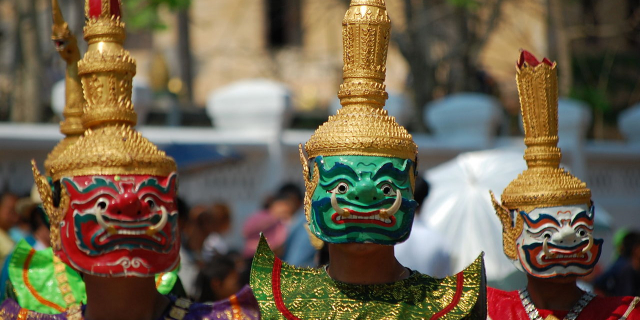



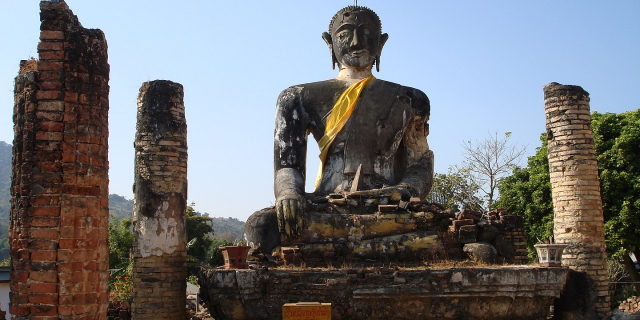


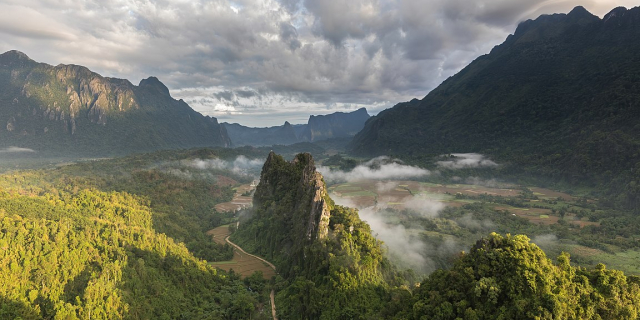

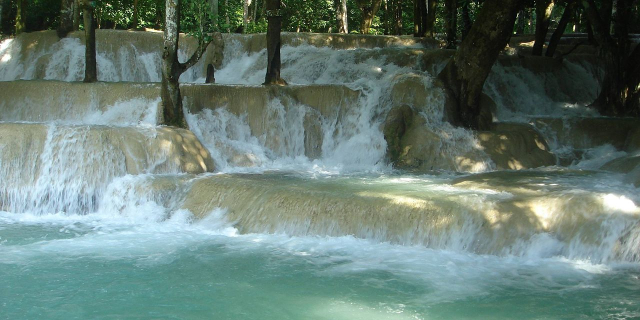


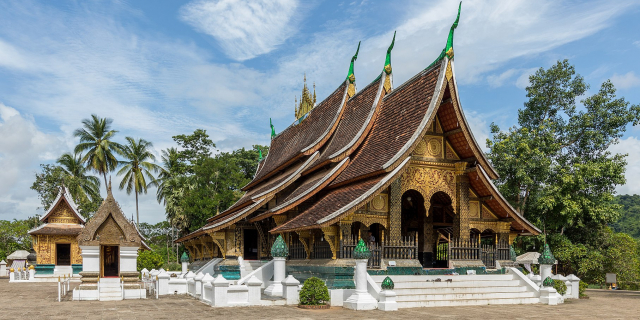

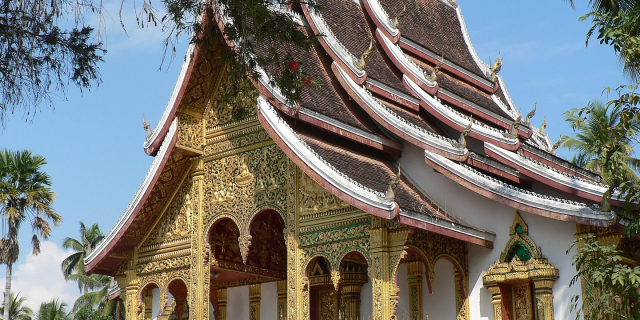



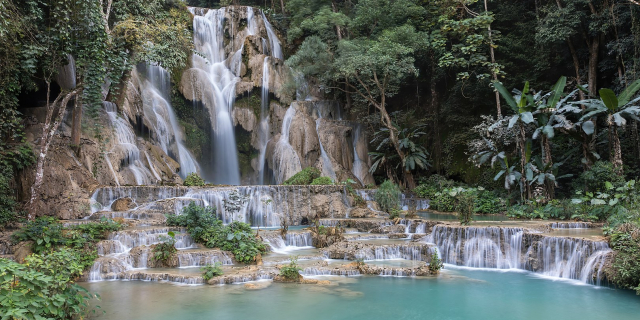



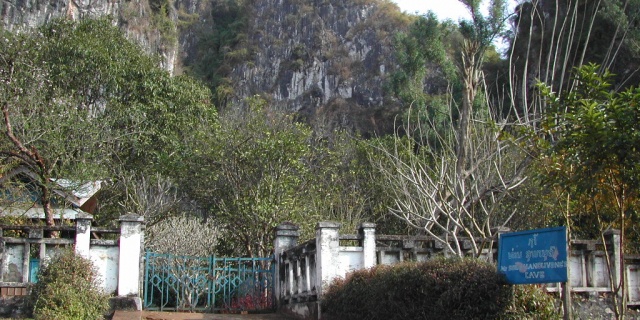



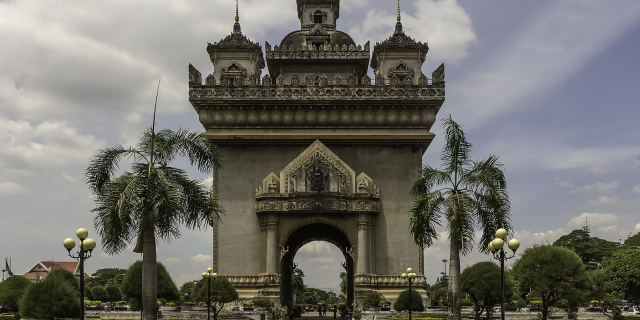

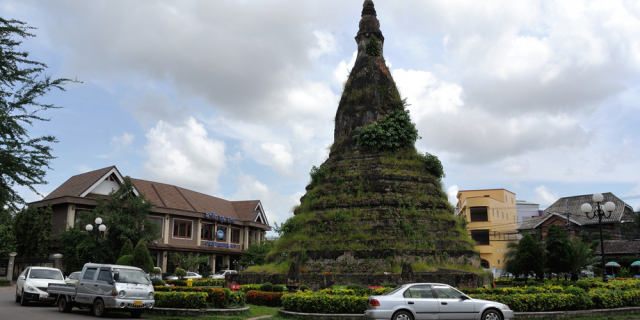
Add new comment